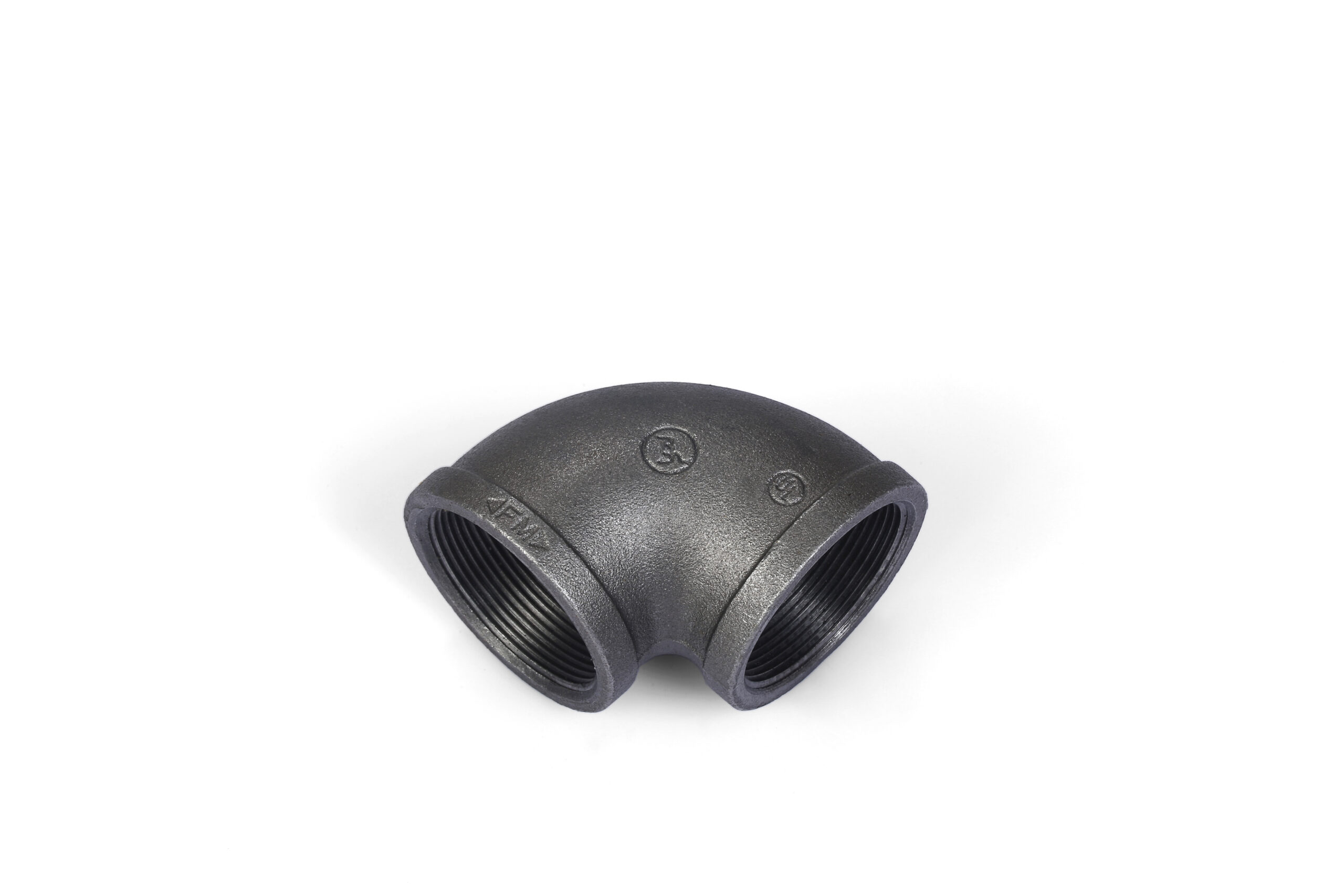When selecting a black pipe elbow for a specific application, several factors should be considered to ensure proper fit, functionality, and safety.
Here are some key factors to consider:
- Material Compatibility: Ensure that the material of the black pipe elbow is compatible with the type of fluid or gas being transported and the material of the pipes in the system. Common materials for black pipe elbows include carbon steel and malleable iron. Verify compatibility with corrosive substances or high-temperature applications.
- Pipe Size: Select a black pipe elbow with the appropriate size to match the diameter of the pipes in the system. The size of the elbow should be compatible with the size of the pipes to ensure proper fit and alignment. Pipe sizes are typically specified in inches or millimeters.
- Angle: Determine the required angle of the black pipe elbow based on the layout and configuration of the piping system. Common angles for elbows include 45 degrees and 90 degrees, although custom angles may also be available. Choose an elbow with the appropriate angle to facilitate smooth fluid flow and minimize pressure drop.
- Connection Type: Consider the type of connections on the black pipe elbow, such as threaded, black pipe elbow socket weld, butt weld, or flanged connections. Select a connection type that is compatible with the pipes and fittings in the system and suitable for the installation method and environment.
- Pressure Rating: Verify the pressure rating of the black pipe elbow to ensure compatibility with the operating pressure of the piping system. The pressure rating should be sufficient to withstand the maximum pressure expected during normal operation without risk of leakage or failure.
- Temperature Rating: Check the temperature rating of the black pipe elbow to ensure compatibility with the temperature range of the fluid or gas being transported. The elbow should be able to withstand the temperature extremes encountered in the system without deformation or degradation.
- Environmental Conditions: Consider the environmental conditions in which the black pipe elbow will be installed, including exposure to moisture, chemicals, and outdoor elements. Choose an elbow with suitable corrosion resistance, protective coatings, or material properties to withstand the specific environmental conditions.
- Regulatory Compliance: Ensure that the black pipe elbow complies with relevant industry standards, codes, and regulations governing the design, manufacturing, and installation of piping components. Verify compliance with standards such as ASTM, ANSI, ASME, or local building codes.
- Quality and Reliability: Select a black pipe elbow from a reputable manufacturer known for producing high-quality, reliable piping products. Consider factors such as material certifications, product warranties, and customer reviews when evaluating the quality and reliability of the elbow.
- Cost and Budget: Evaluate the cost of the black pipe elbow and consider it in relation to your budget constraints. Balance the upfront cost of the elbow with factors such as durability, longevity, and performance to determine the overall value and cost-effectiveness of the product.
By considering these factors when selecting a black pipe elbow, you can ensure that it meets the requirements of your specific application and contributes to the safe and efficient operation of the piping system.
